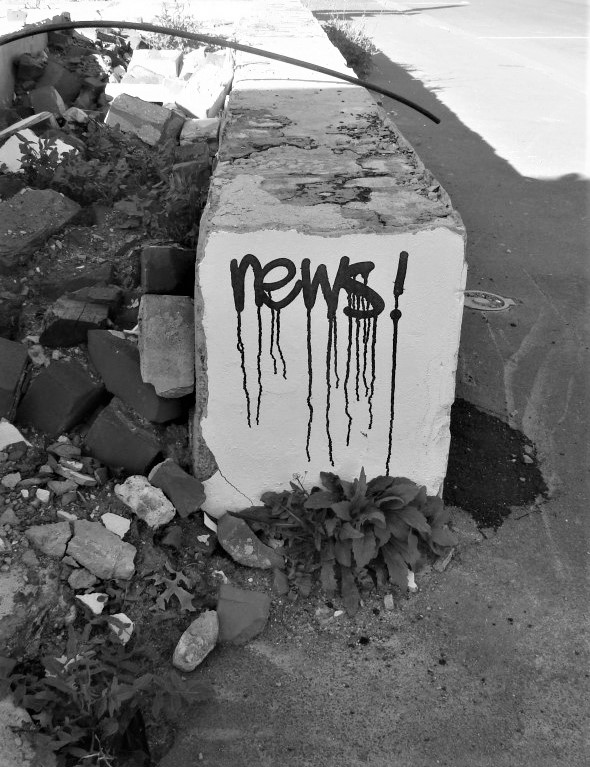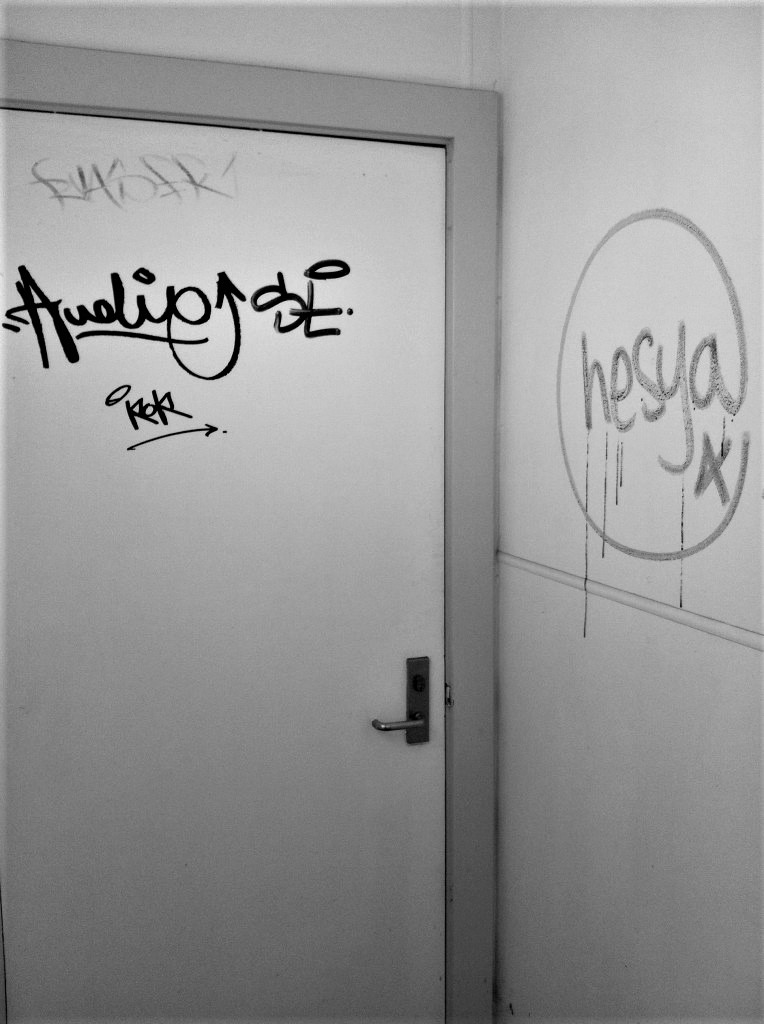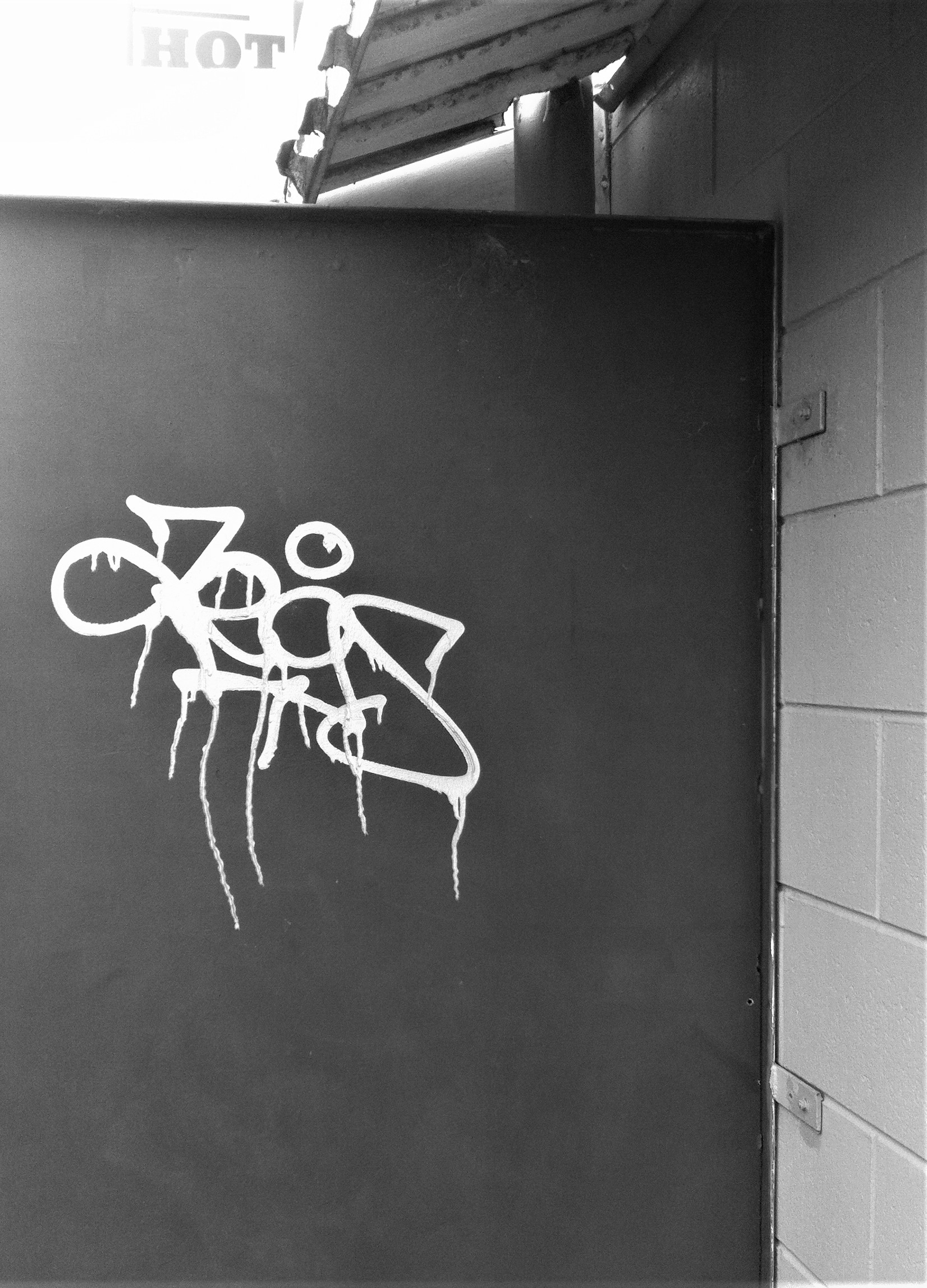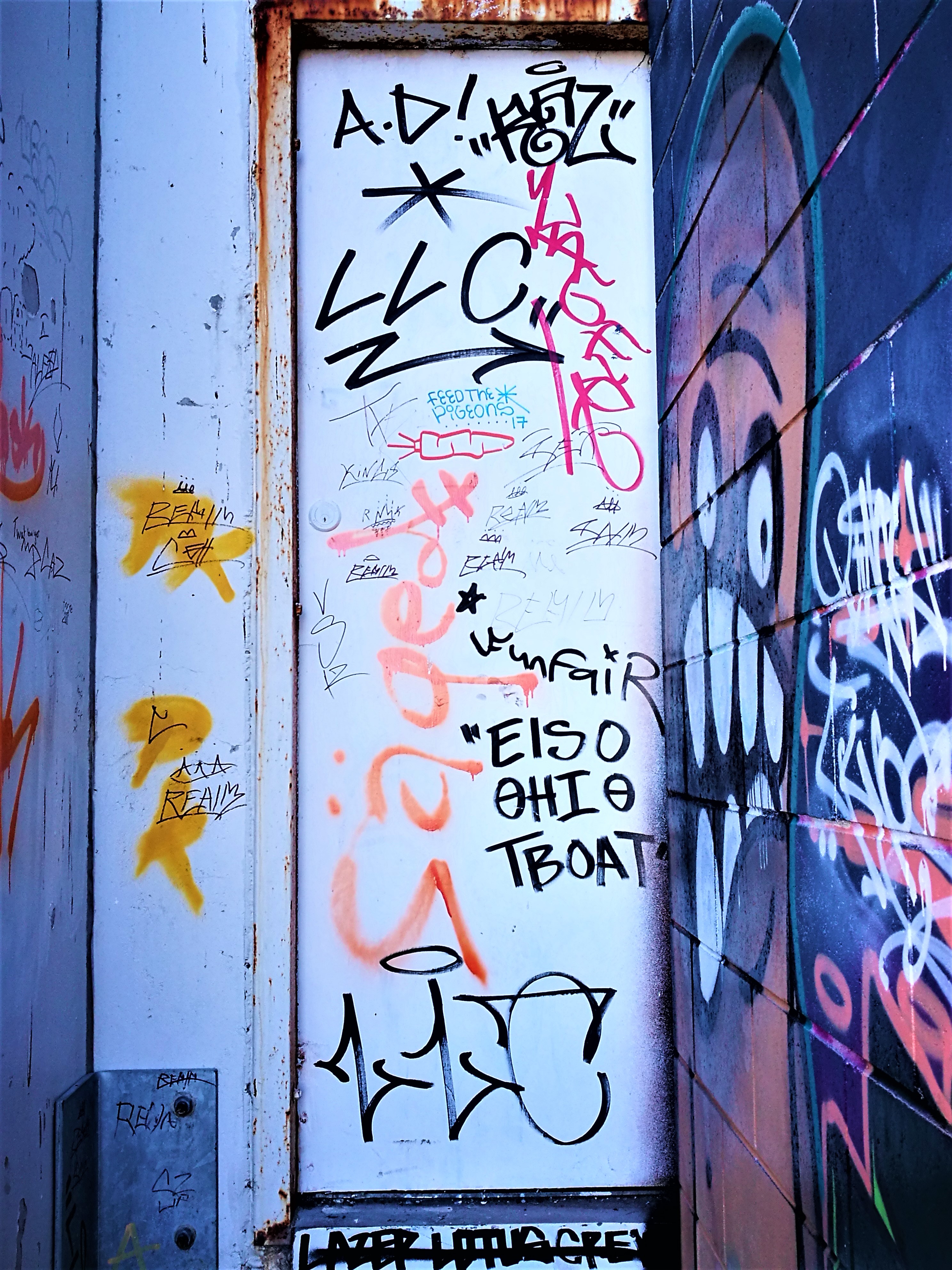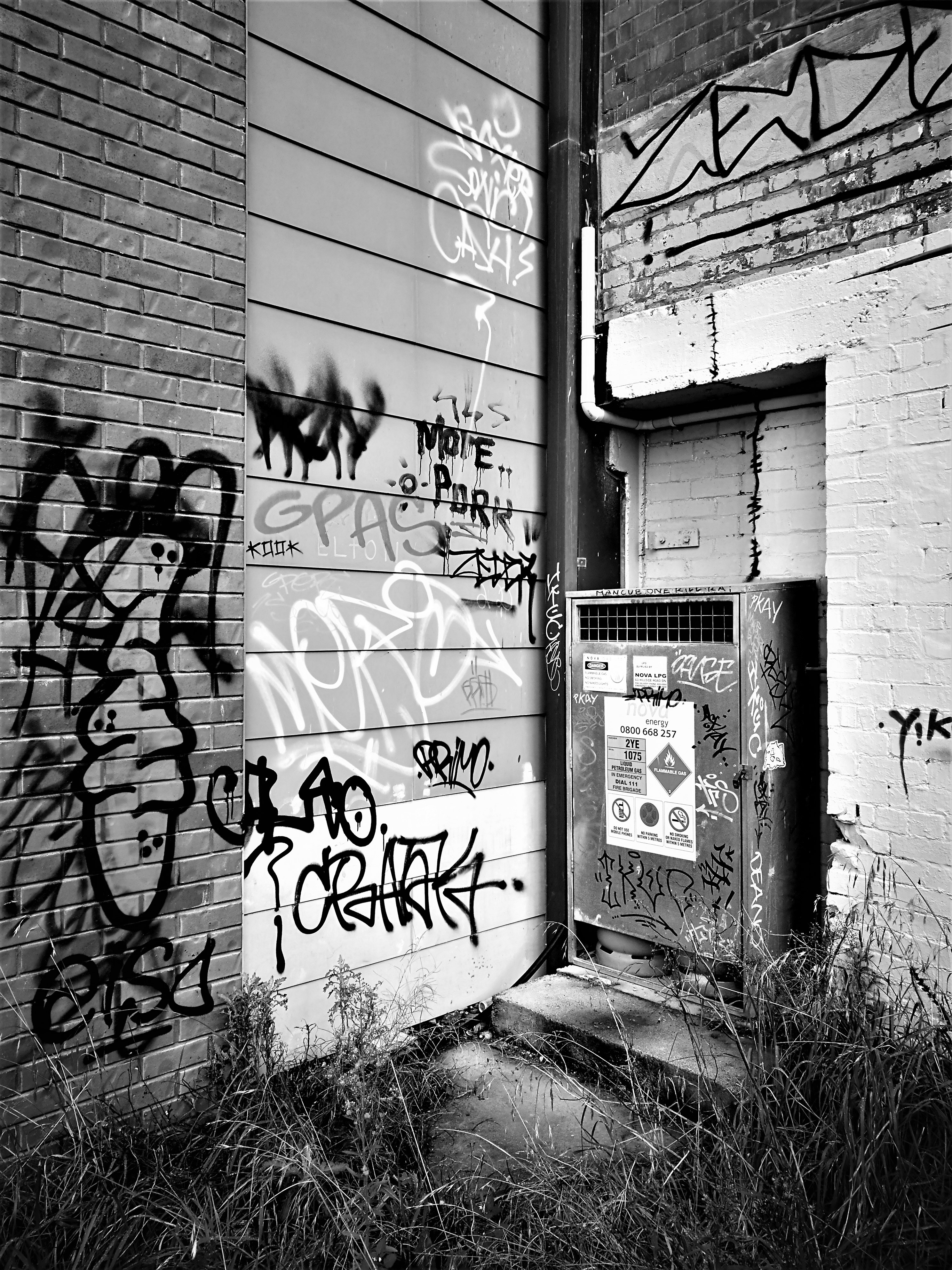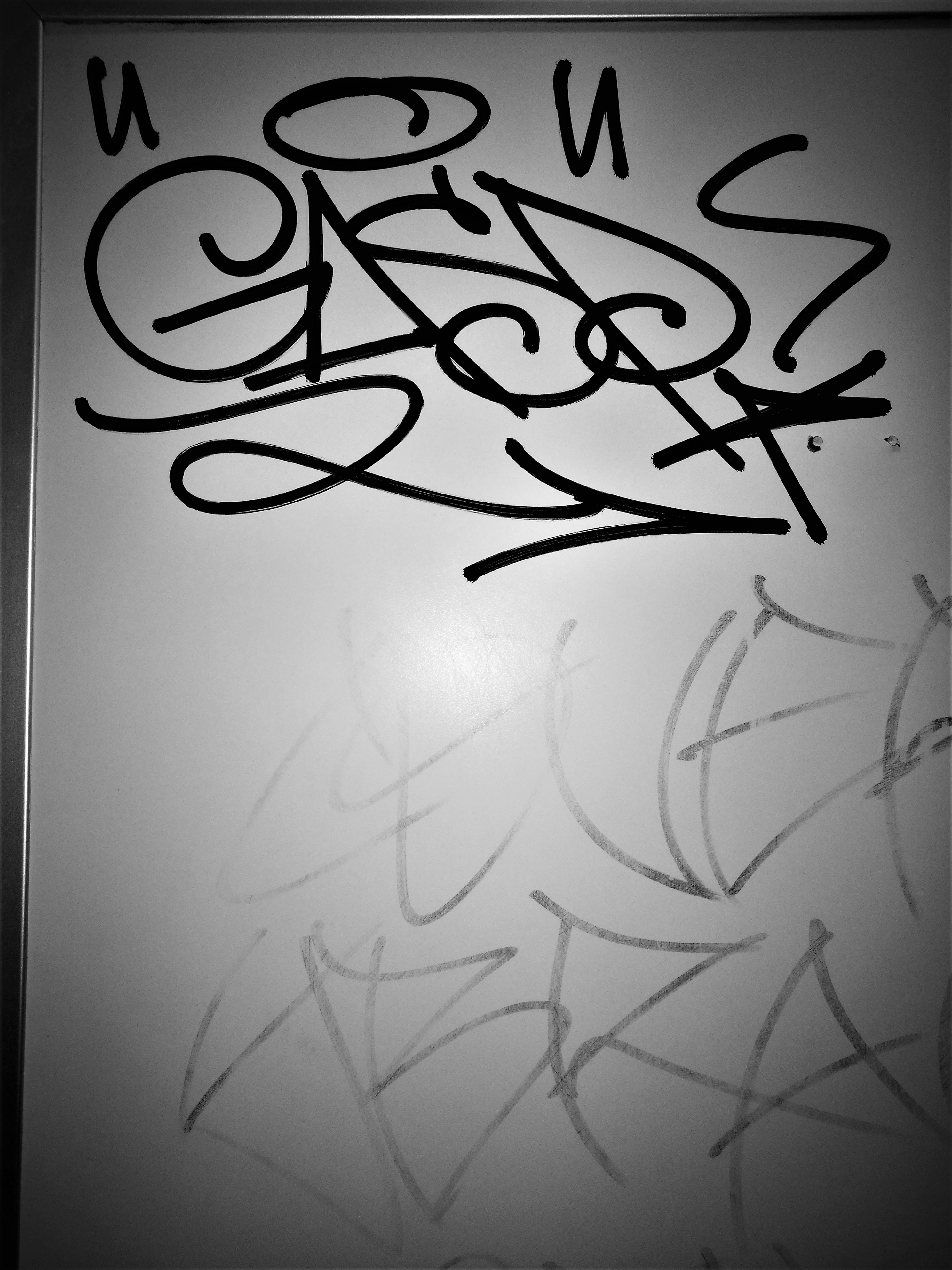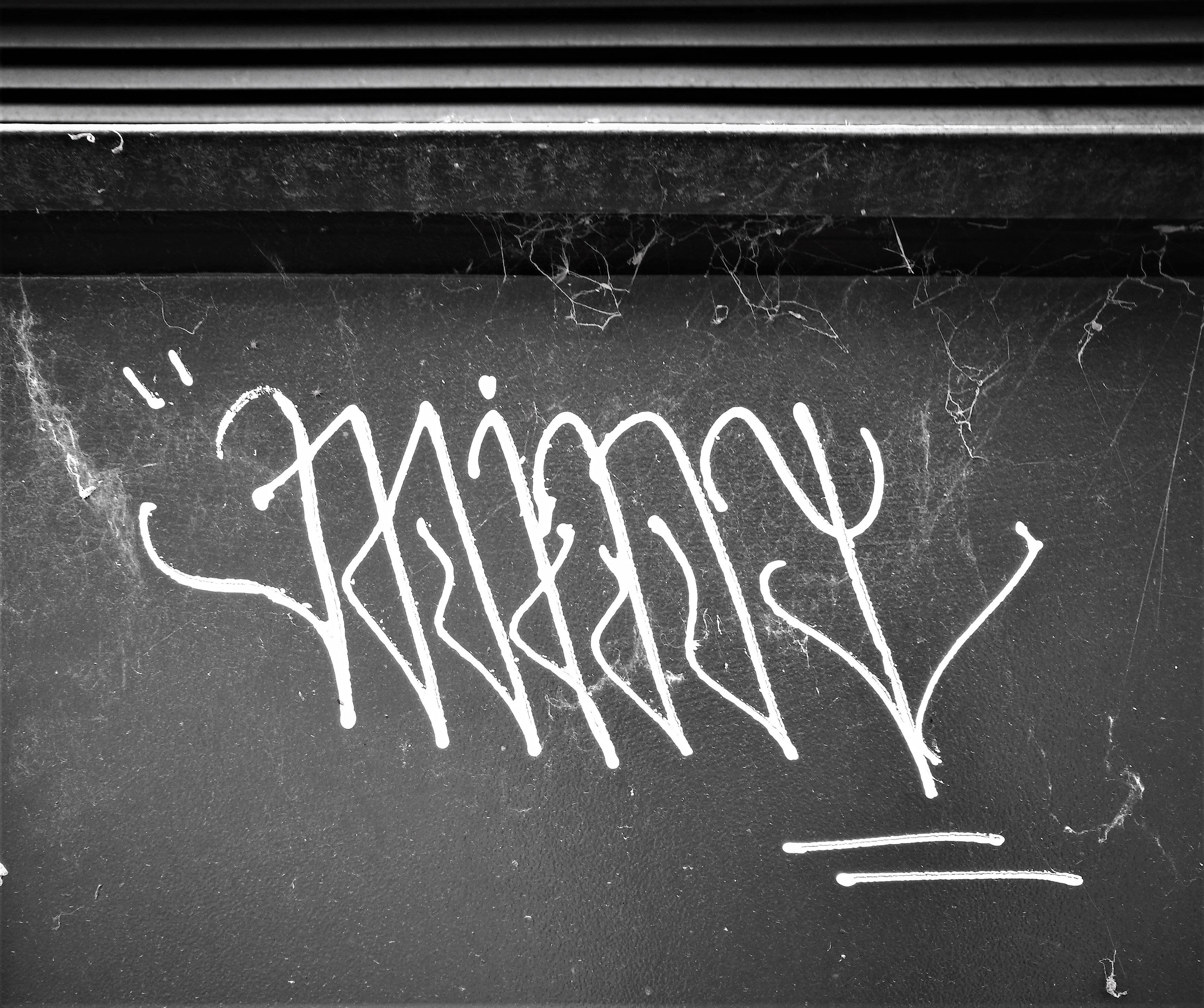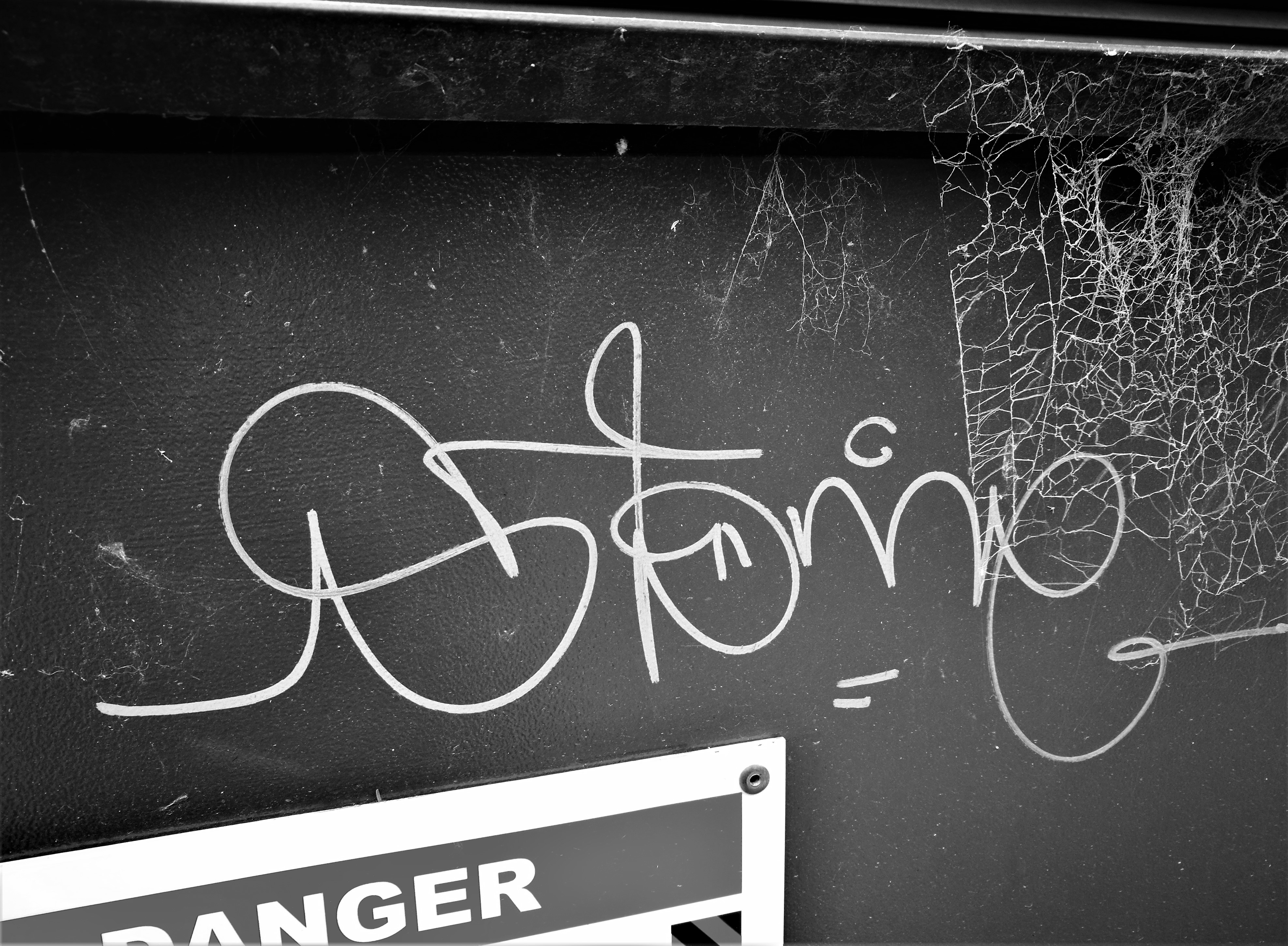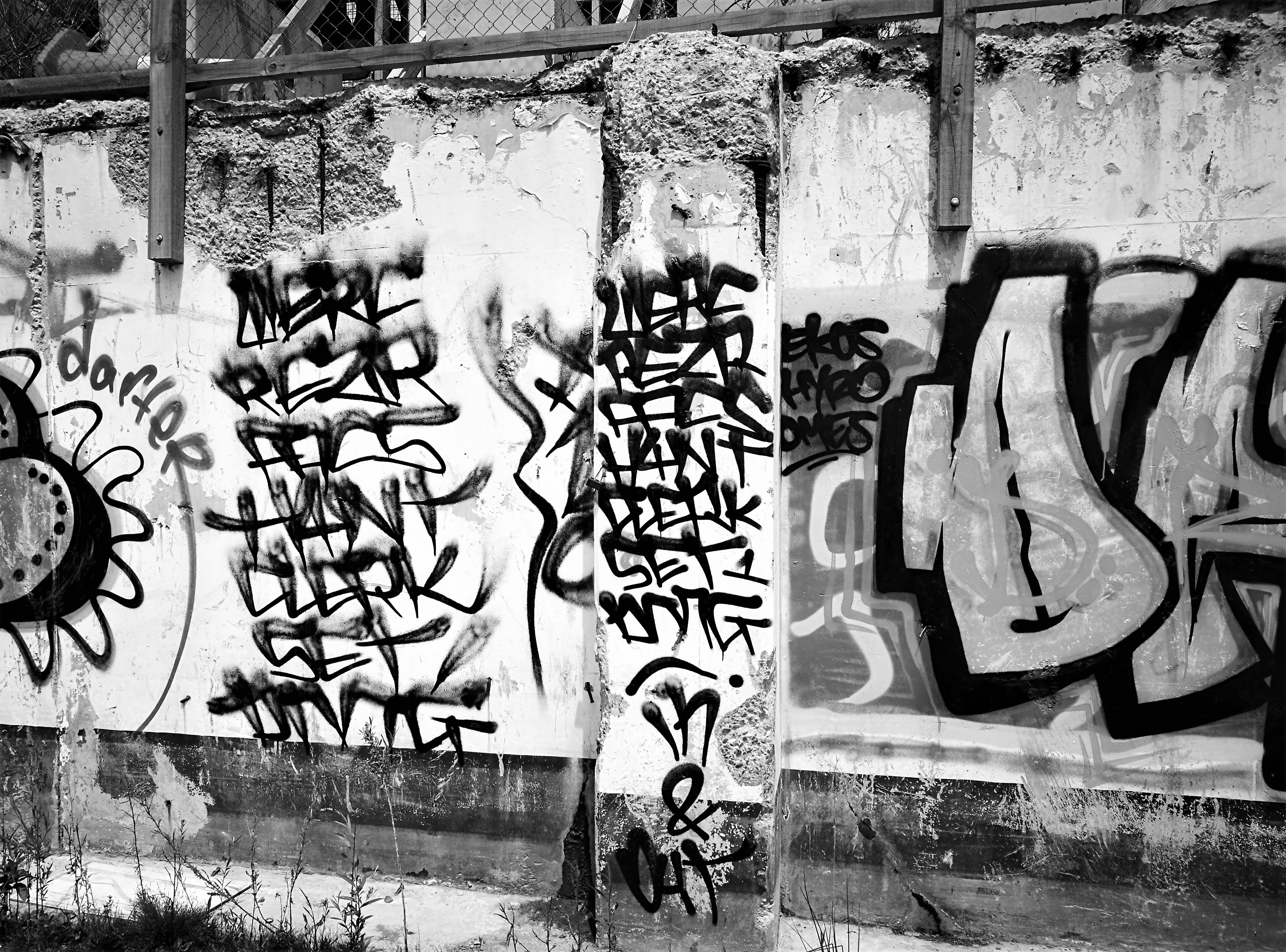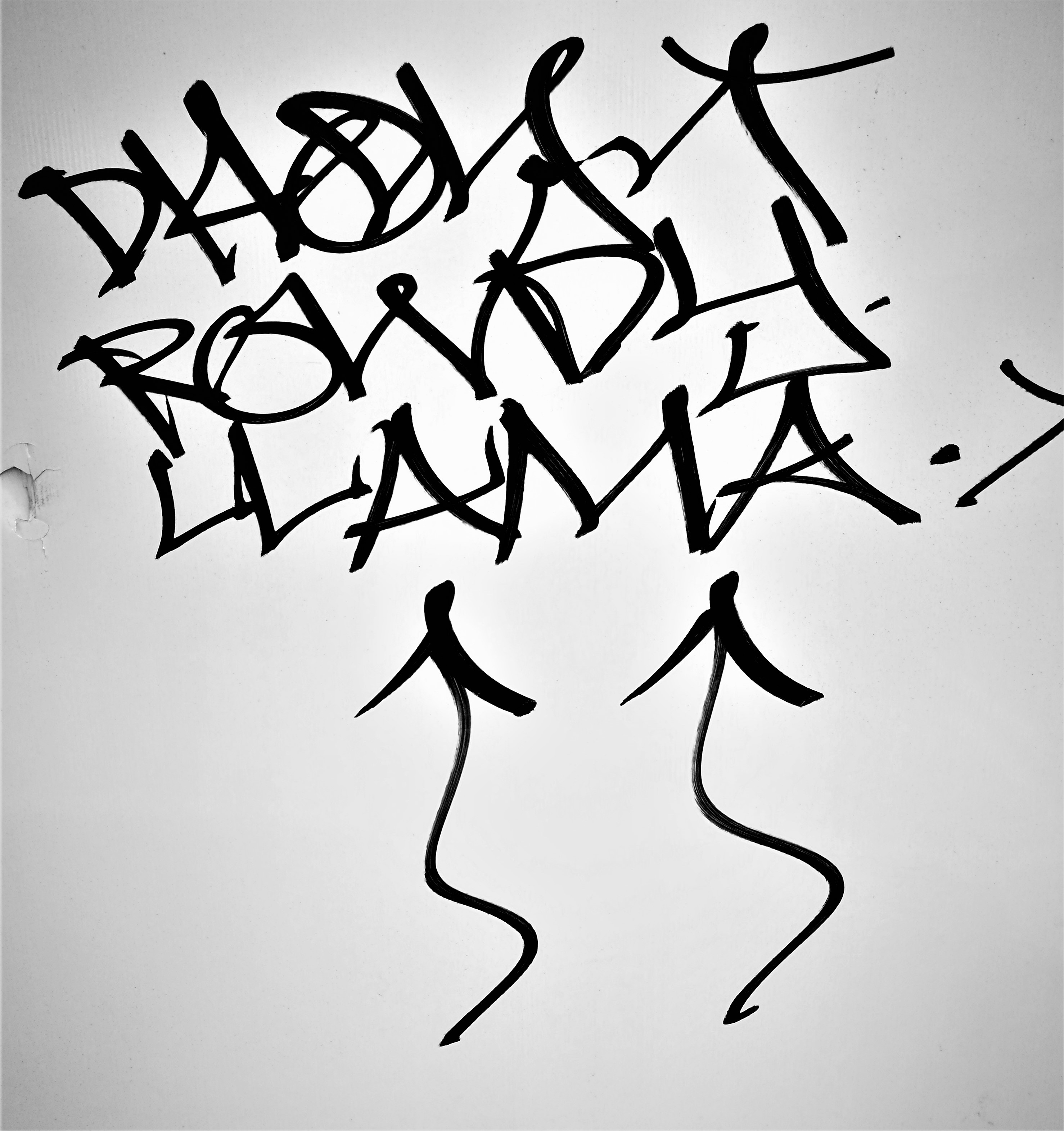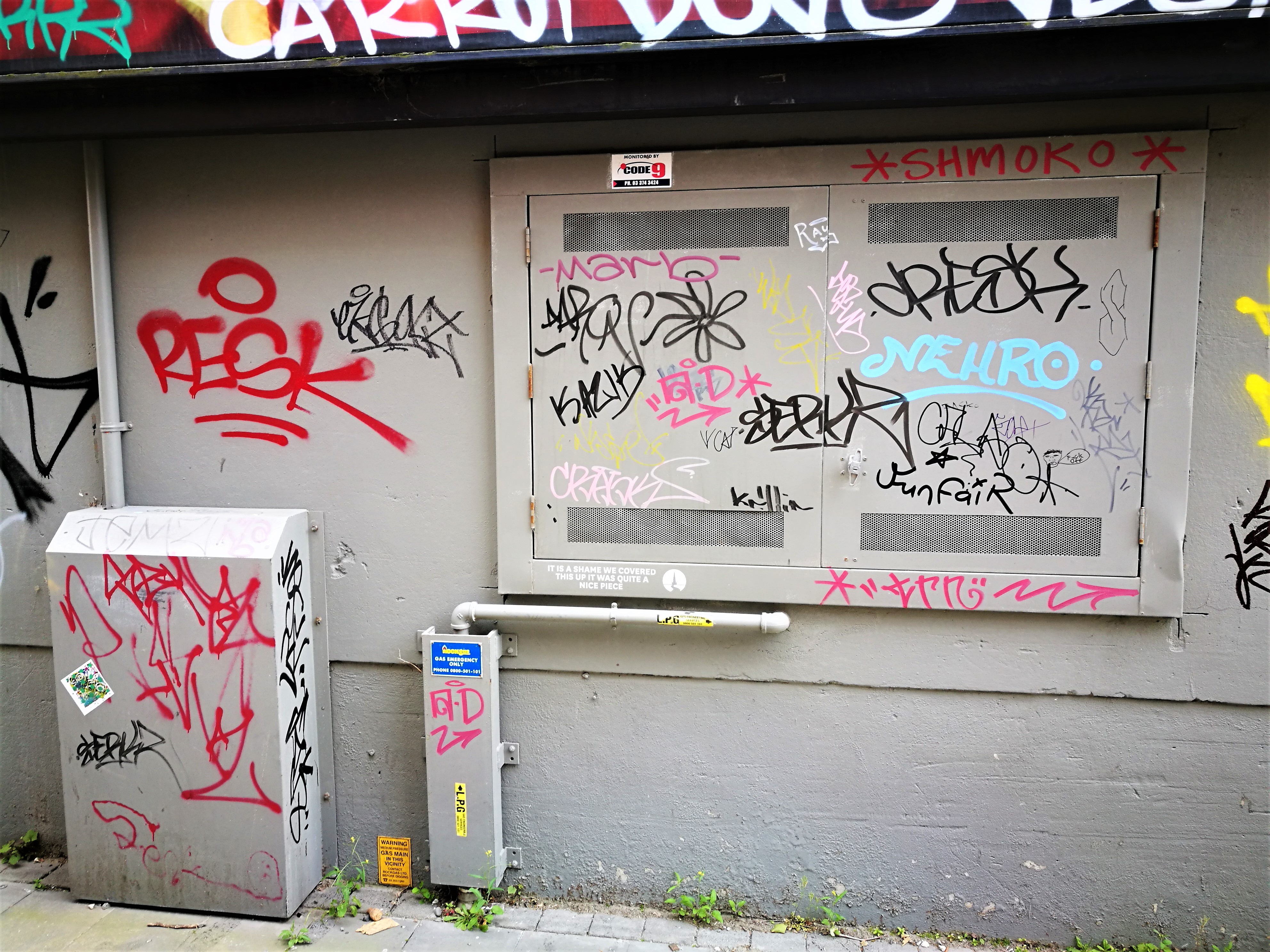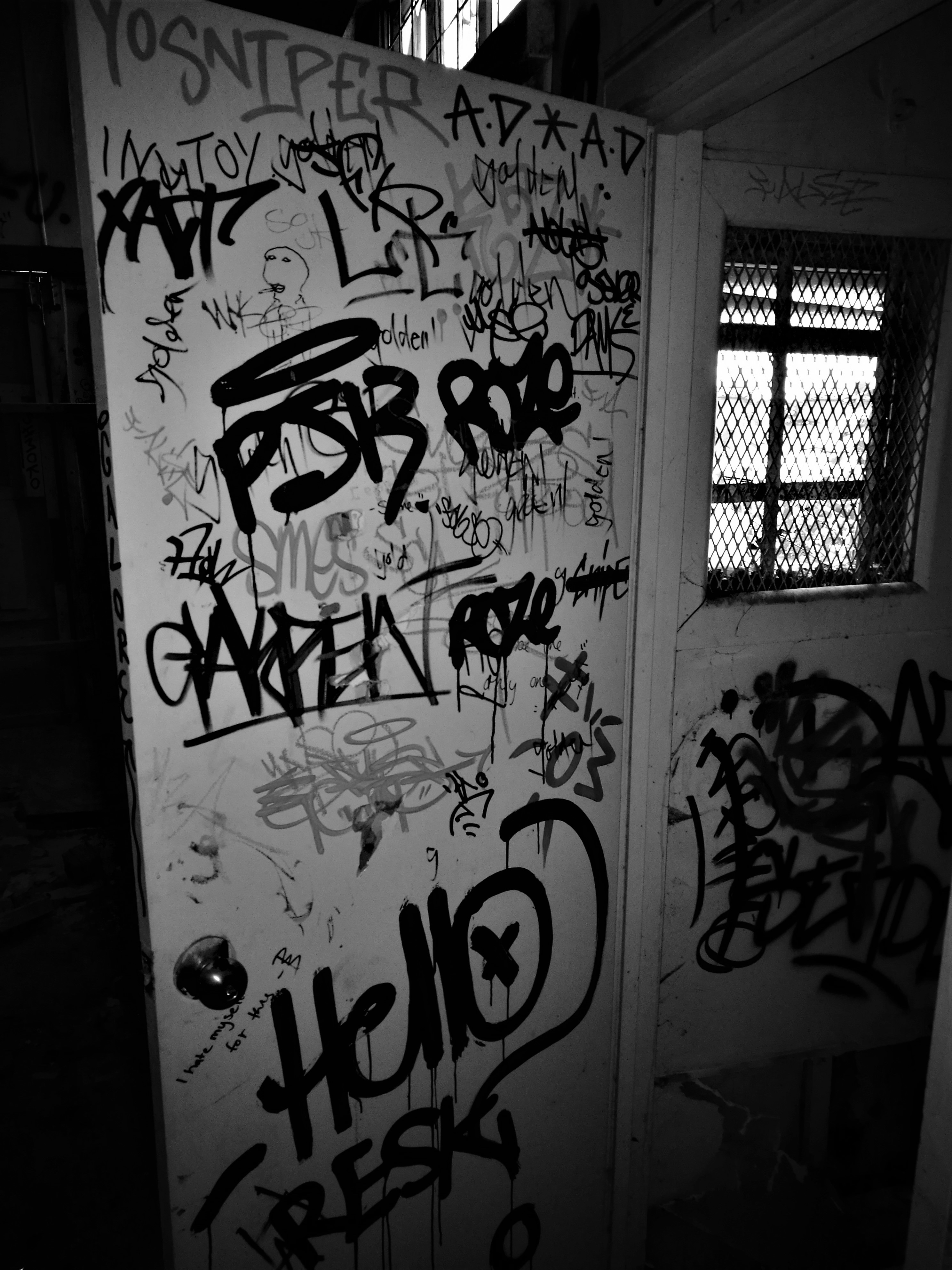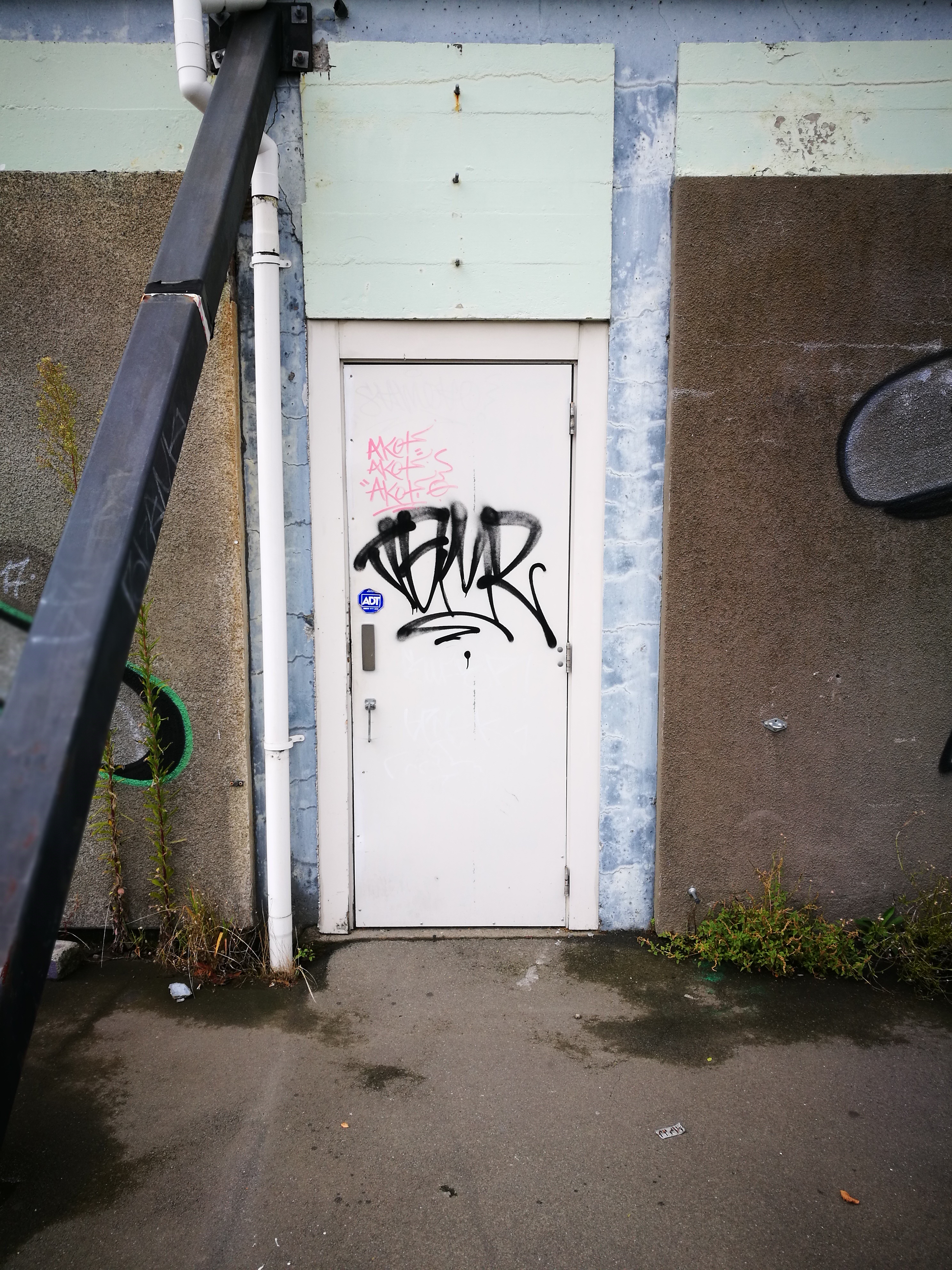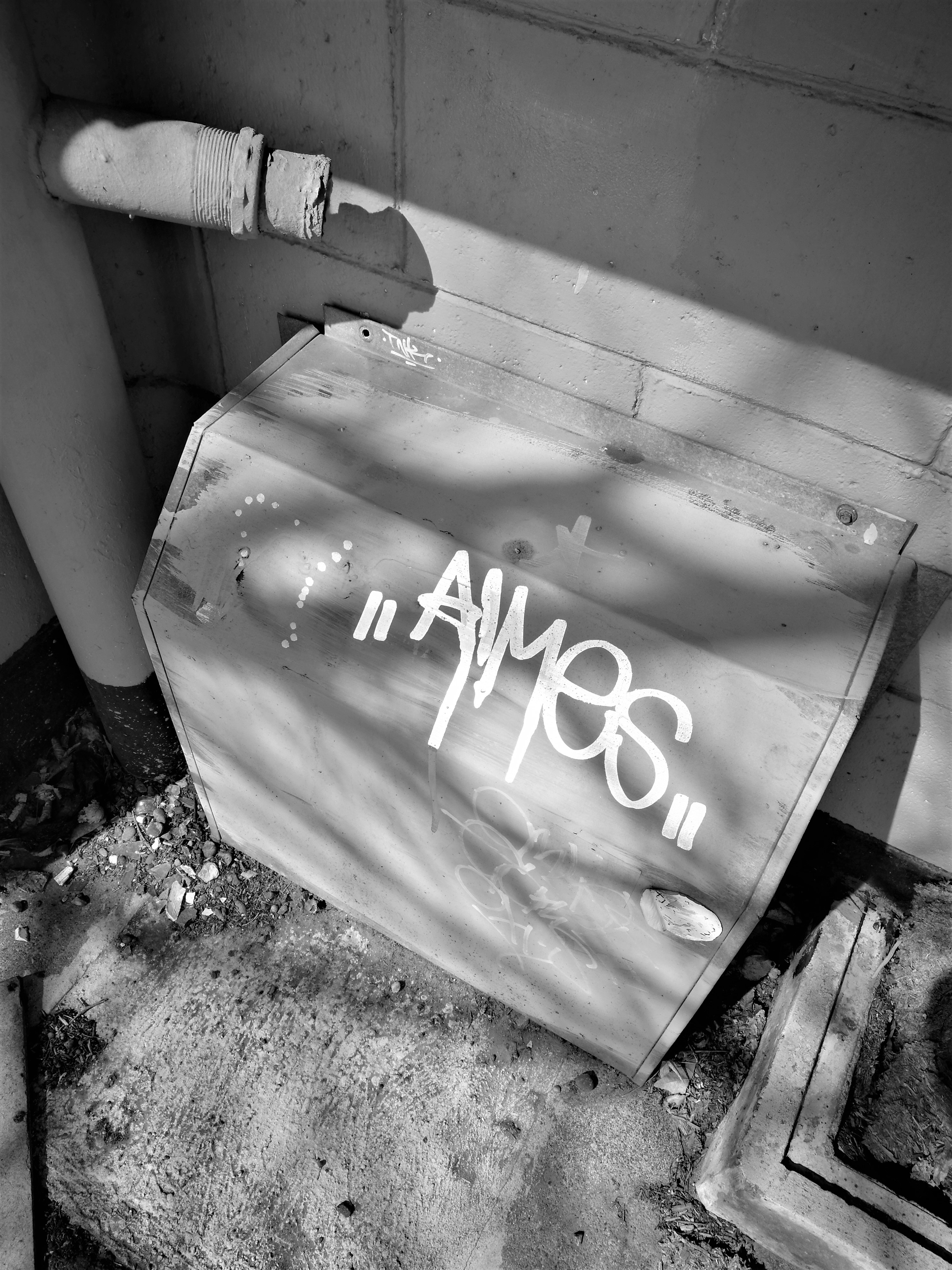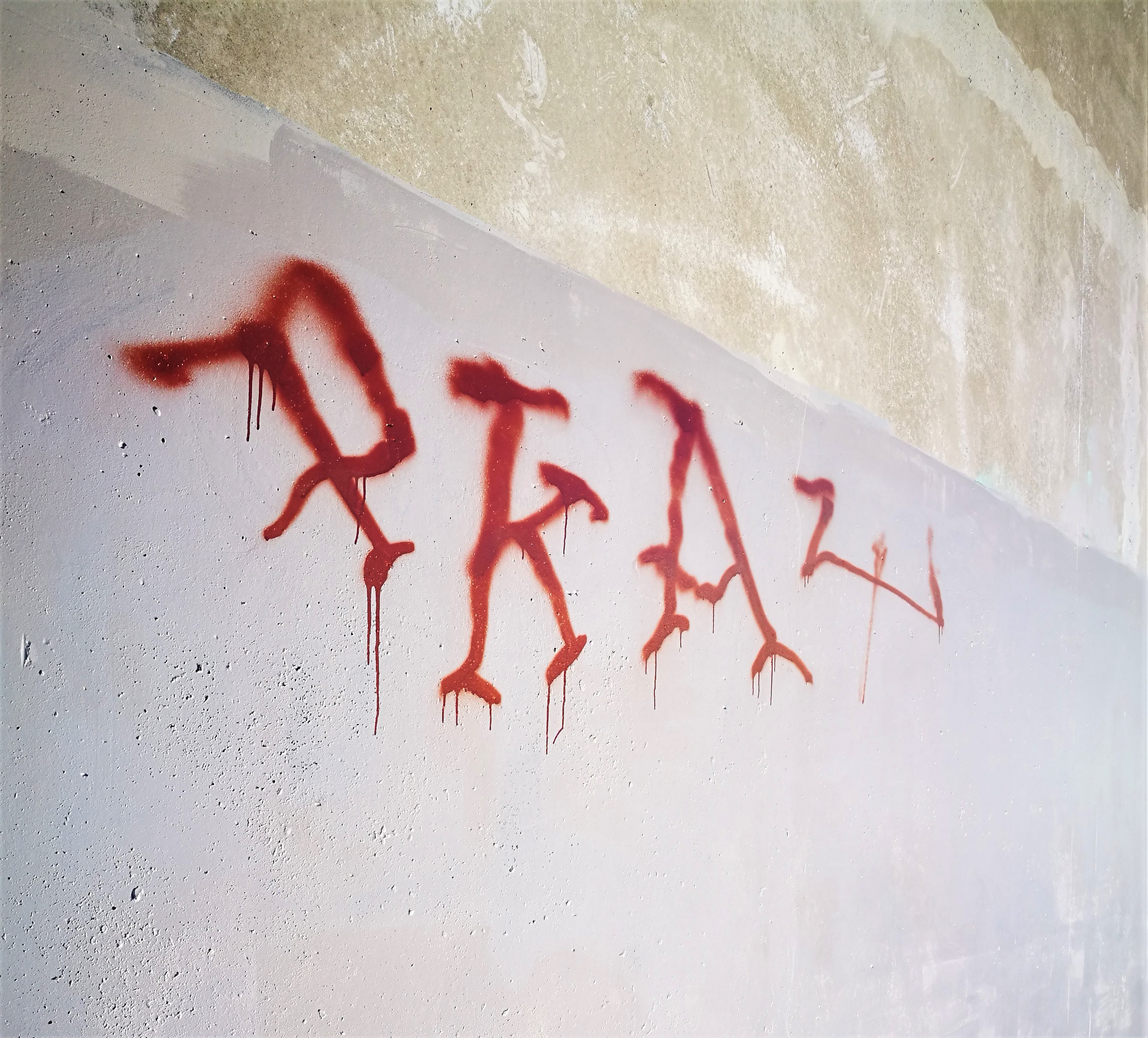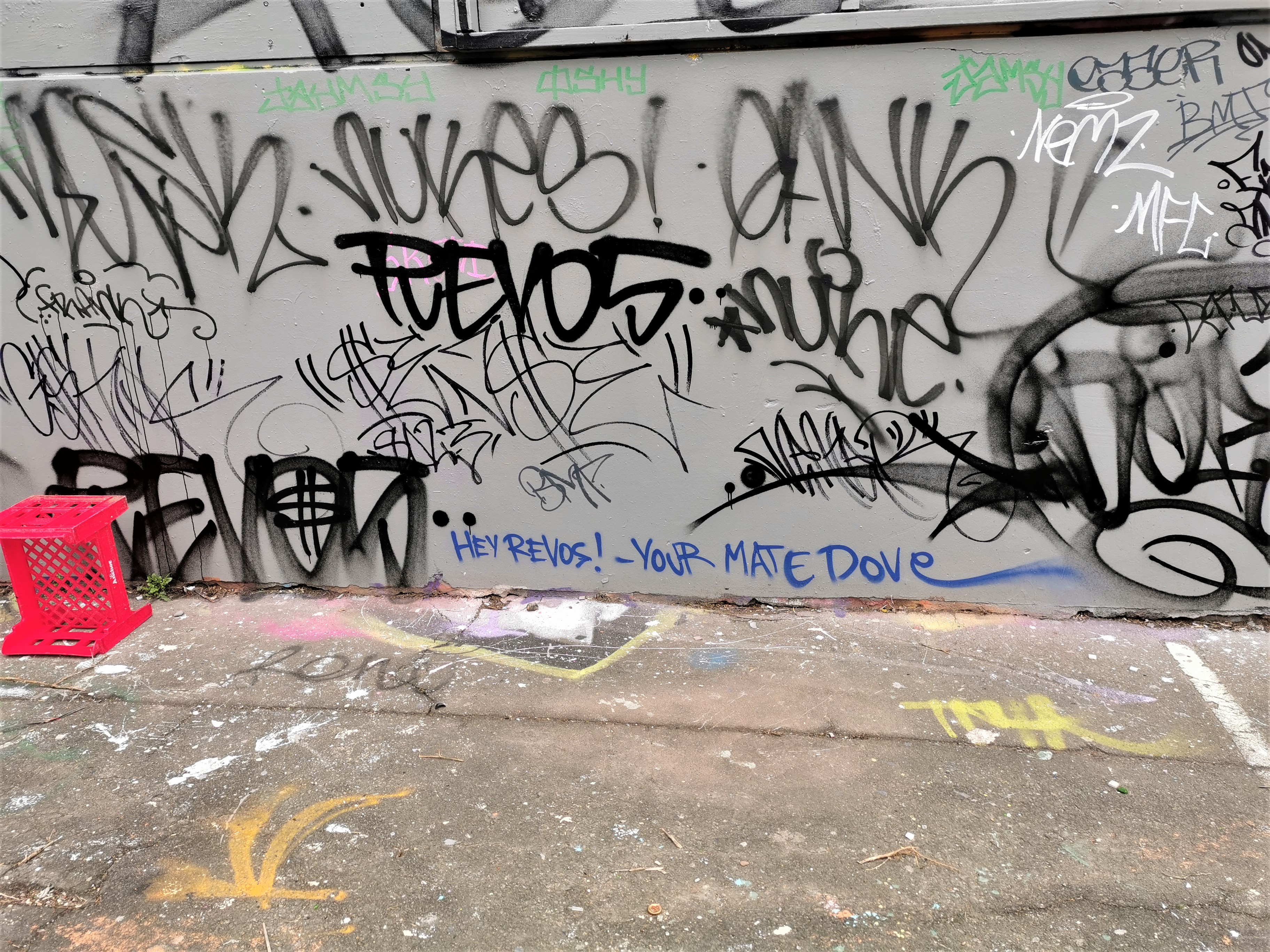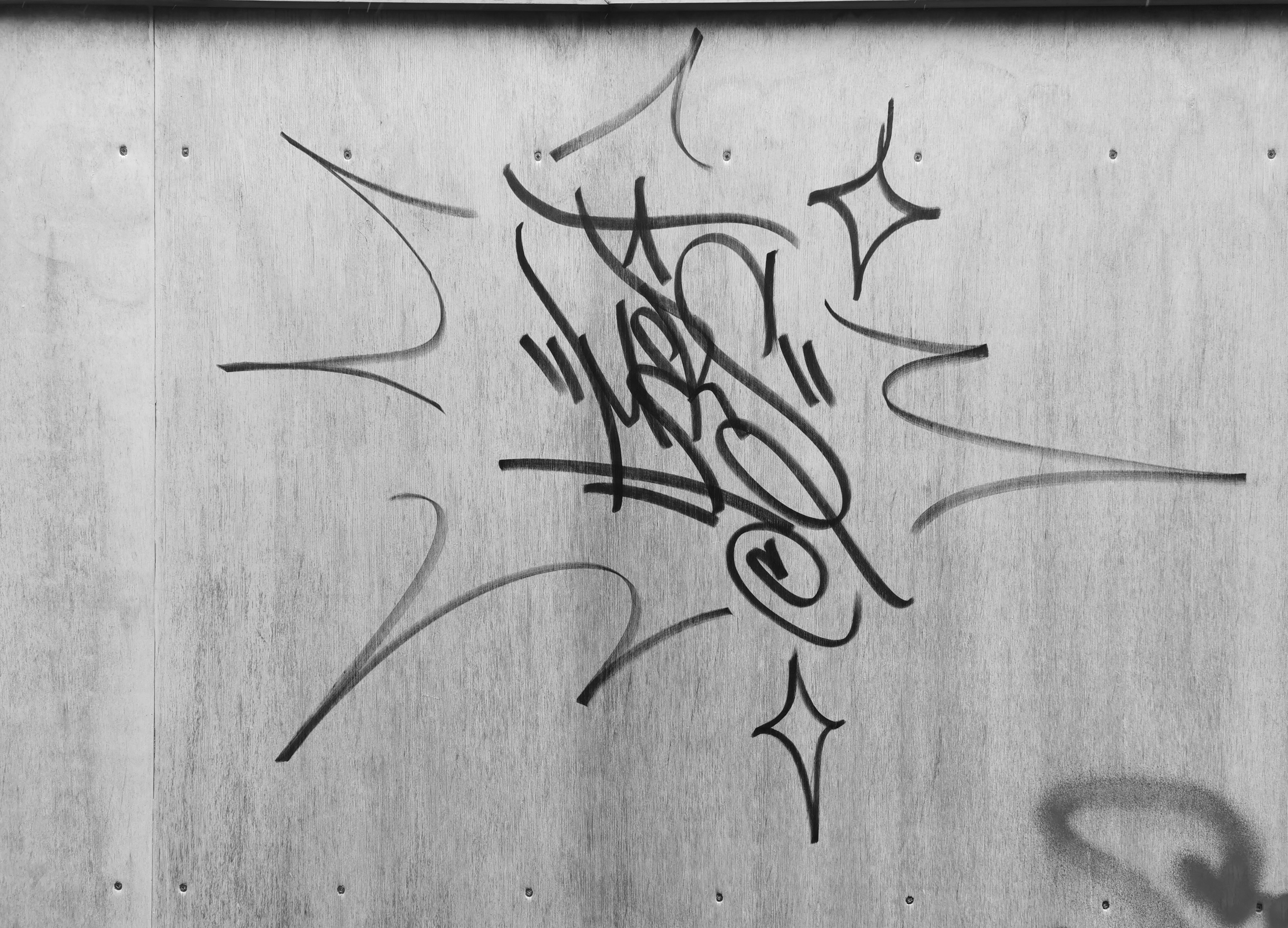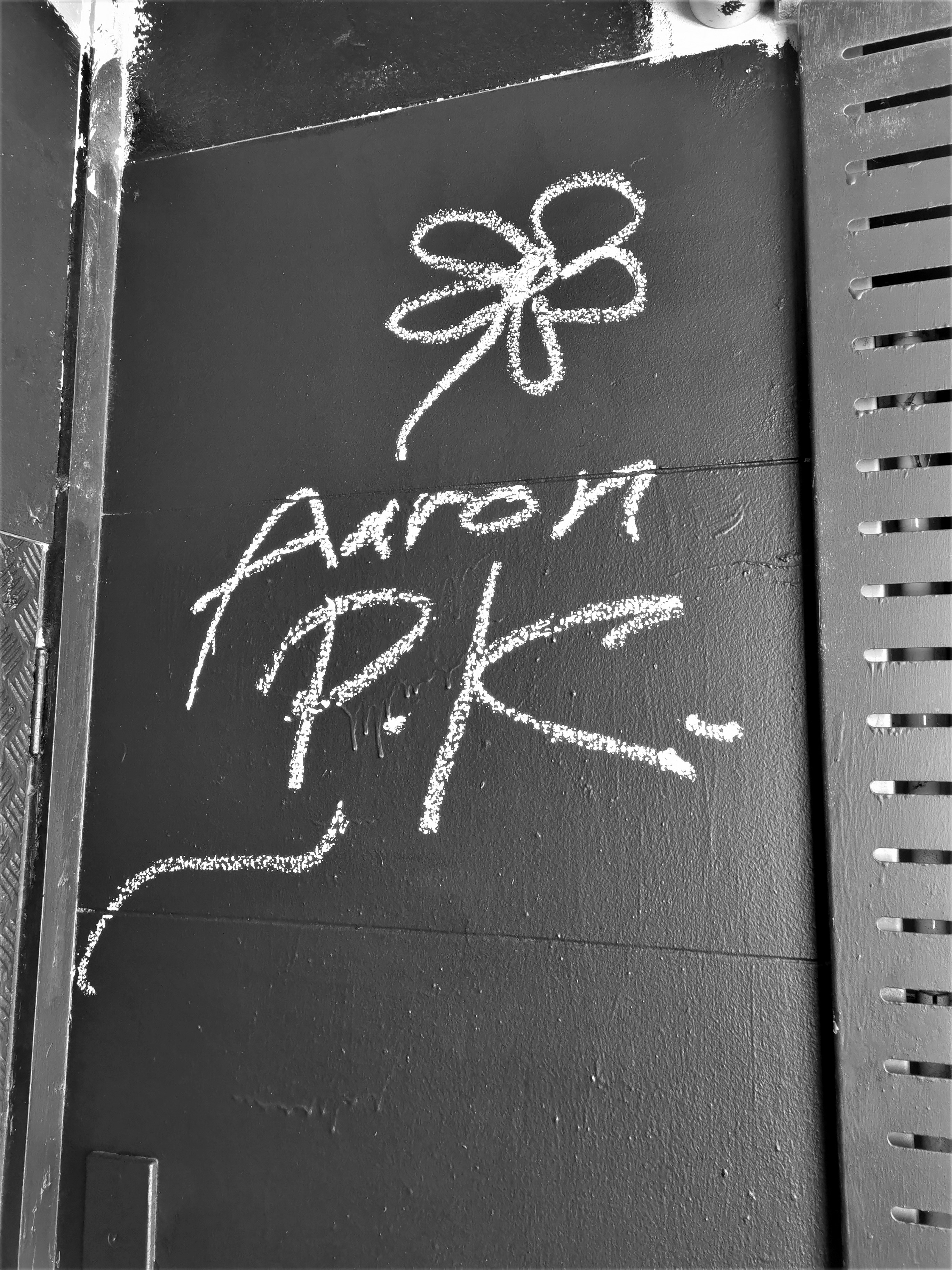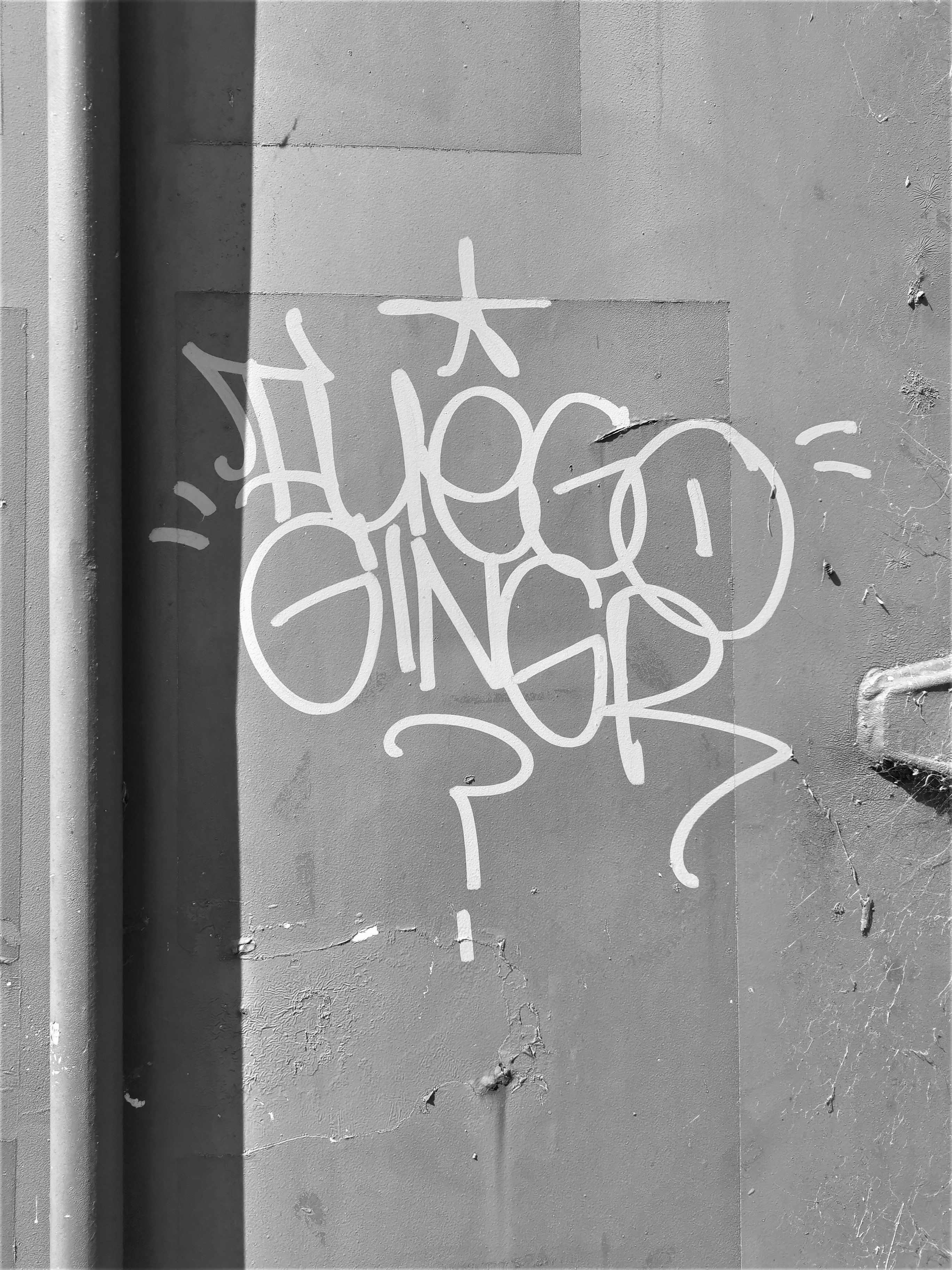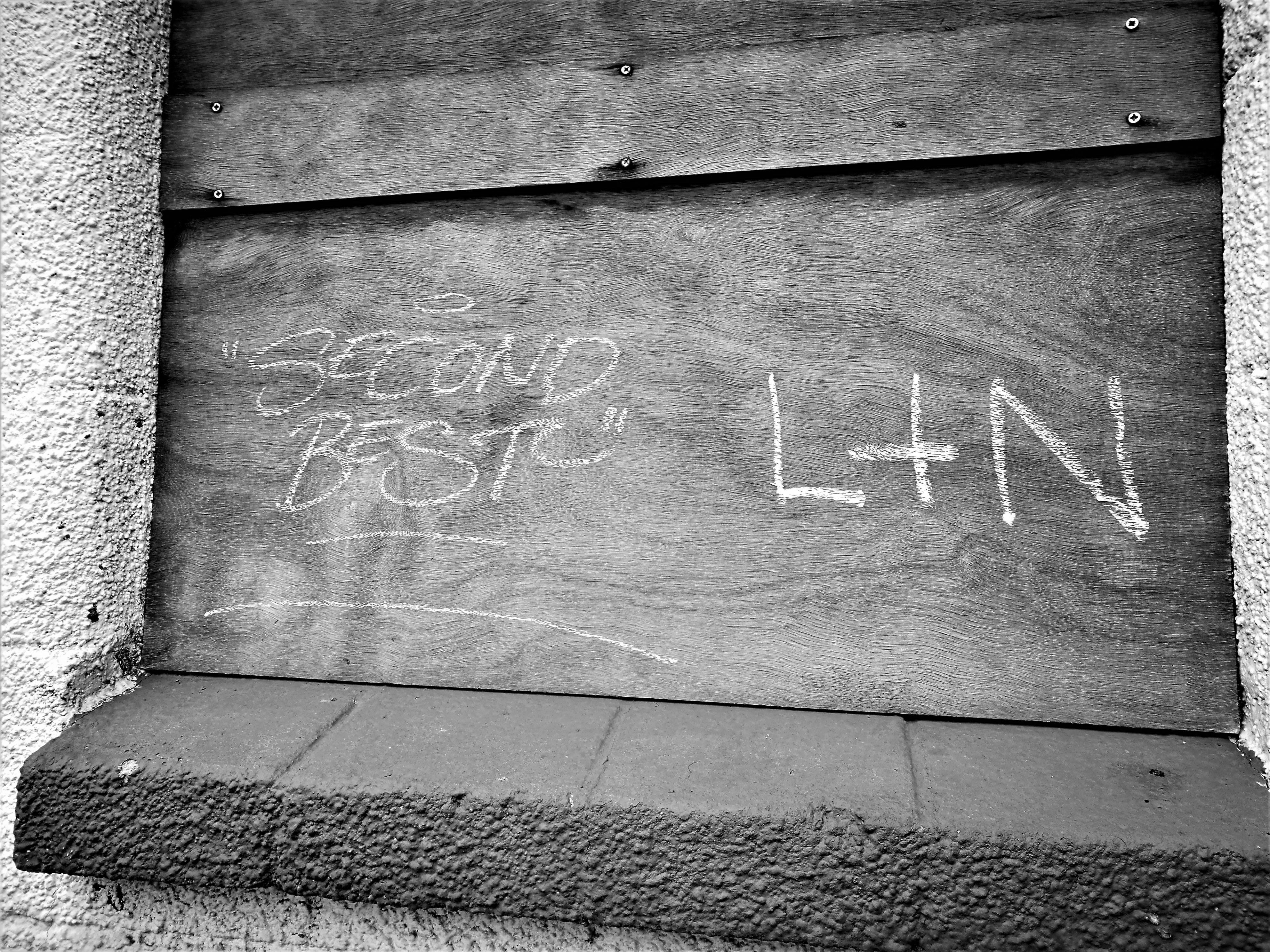The tag. Who would think that a name written on a wall could draw so much anger and vitriol? While we might romanticise lovers names carved into trees or those historical inscriptions that capture a certain time or event, contemporary tags are rarely given such status, viewed almost primarily as an affront to order and ownership and a symbol of wasted youth.
The tag is the basis of graffiti culture, the building block on which all else follows and evolves. For many traditionalists a solid tag outweighs all, a good hand-style is a necessity. Rendered in marker or spray paint, with clean lines or messy drips, appearing legible or incomprehensible, the humble tag can be as complicated and complex as the people executing them.
Yet, the beauty of a tag is often overlooked. In their various states tags can exhibit chaos, urgency, care, thoughtfulness, anger, humour, defiance, opportunism, and immediacy; a carefully planned dance or an impulsive act of disruption. But, beyond these readings, a tag is importantly a reflection of action, even when the writer has vanished, the legacy of their stealth movement remains, evident in the little details. The sense of flow and energy reveal the dance-like performance. Unlike more developed designs, a linear tag is about efficient movement and a familiarity with the required physical exertion. Watching a sweetly executed tag come to life can be enthralling as it unfolds.
This photo essay, compiled largely from Otautahi but also featuring some images from around Aotearoa, is not a collection of the best hand-styles or tags (it is not my place to determine anything other than knowing what I like), instead it attempts to capture this diversity and the way that in certain environments and frames, these forms can be beguiling and intriguing, aesthetic and appreciated…
Are you a photographer (or you know someone who is)? Do you have an idea for an urban photo essay? We would love to hear from you and potentially feature your work here! Email [email protected] and let’s talk!


